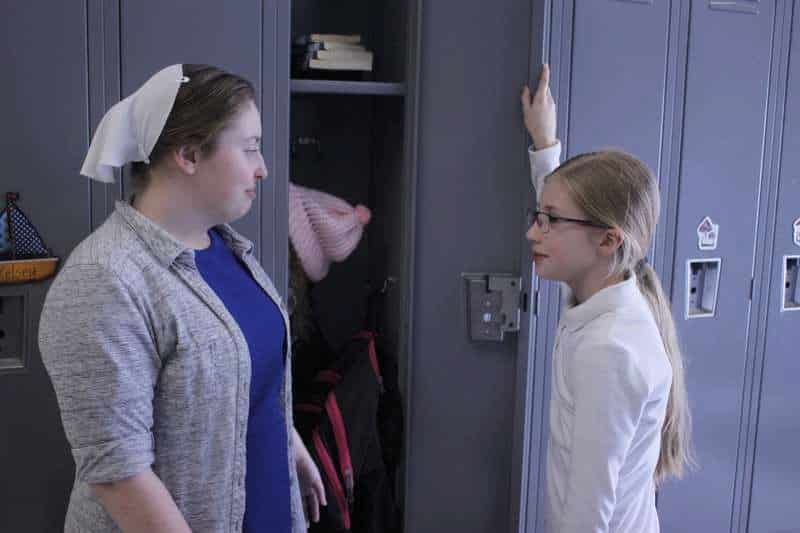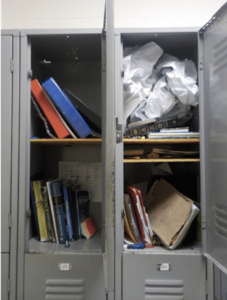Keeping Students Organized

Being organized is often an indicator of a student’s success in school, and it certainly does help a student function better. When everything is in its right place, all assignments written down, and student activities directed in an organized way (especially in the younger grades), students are much better organized and function better as they progress through school. Students also experience less stress when everything is arranged and done in an orderly fashion. Following are a few main aspects of student organization, along with suggestions on how to encourage your students to achieve them.
- Keep desks and/or lockers organized. I had a kindergartener come to school for the first time today. After welcoming him at the front door, I showed him where to put his lunch and where to hang his coat. I then walked him to his desk and helped him organize it: large items on the left, smaller items on the right. After using his colored pencils, I helped him make sure that the colored pencils went in the correct zipper pouch while the regular pencils and erasers were on the other side. If a student is taught to be organized from the start, it will often stay with him. Good habits have been established from the beginning, and the expectation of orderliness is set.

If students have not been taught to do this or for some reason do not organize their spaces, teachers can do much to instill the concept in them. Teach them how to do it, talk about it often, model how to do it, encourage it, then expect it. Give them time to do it quickly and quietly. I have often done a slow countdown (10, 9, 8, 7, . . . . ) expressly for the purpose of cleaning and organizing desks and picking up trash on the floor once the desks are organized. (I give students one “free” trip to the trash can.) Also having unannounced desk or locker checks fairly often does wonders to encourage this. Leave a small reward on the desks of the students who had a clean and organized desk, or let them go to recess first while the other students stay and organize theirs.
- Assign a “desk buddy.” Ask an older student to spend a few minutes each day with a younger student, helping him organize his desk. The accountability and assistance will often help a disorganized student to become more organized.
- Provide younger students with a student notebook organizer; expect older ones to have their own. When giving an assignment and due date, tell younger students and encourage older students to write down the due dates on their calendars. I often have a corner of the whiteboard reserved also for this purpose.
- Give accountability. Especially with large assignments, hold students accountable. It will help them develop good habits and make it almost impossible for them to procrastinate. With junior high students, I require students to turn in every step of their research papers, and I let them see me recording the grades. They stay much more organized, are much less fearful and stressed about it, and get higher grades every time this is required of them.
- Hold an end-of-day meeting. Spend one or two minutes asking students what they could do to be better prepared for the next day. Do they need to take a book home to study for a test? Is anything due the next day? Should they work on one step of an upcoming project tonight? Encourage them to check their calendar/organizers and to put a book in their backpacks if they need to. This practice should progress from being teacher-led to student-led, and finally to just a verbal reminder and time provided by the teacher to do it, depending on the students’ ages and abilities.
Most students are not naturally organized, and many have not been taught how to be organized. With gentle encouragement and the teaching of a few simple skills, students can learn to be organized themselves.
Related Items
Leave a Reply
Feedback